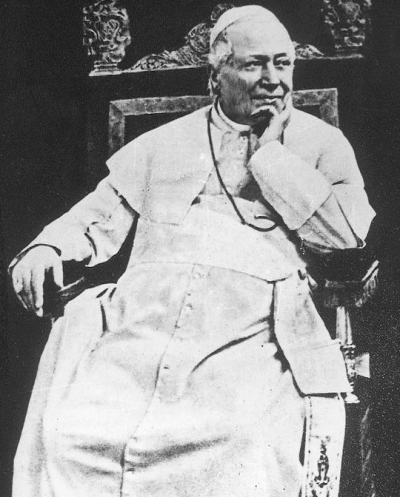This Week in Christian History: Jesuit Suppression, Papal Infallibility
Catholic Church Recognizes Papal Infallibility – July 18, 1870

This week marks the anniversary of when Catholic leaders at the First Vatican Council officially recognized the "infallible teaching authority of the Roman Pontiff," or what is commonly called "papal infallibility."
On July 18, 1870, Church leaders overwhelmingly approved a measure officially recognizing papal infallibility, which states that under specific official circumstances, the pope cannot err on matters of faith.
"... when the Roman Pontiff speaks EX CATHEDRA, that is, when, in the exercise of his office as shepherd and teacher of all Christians, in virtue of his supreme apostolic authority, he defines a doctrine concerning faith or morals to be held by the whole Church, he possesses, by the divine assistance promised to him in blessed Peter, that infallibility which the divine Redeemer willed his Church to enjoy in defining doctrine concerning faith or morals," reads the First Vatican's declaration in part.
Papal infallibility is a controversial position of the Church, with many Protestants and others seeing it as Catholics elevating the pope to a godlike status.
Despite concerns and theological objections from many Christians, papal infallibility has only been invoked twice since the nineteenth century.
"There is no set list of ex cathedra teachings, but that's because there are only two, and both are about Mary," explained uscatholic.org in 2011.
"[Mary's] Immaculate Conception (declared by Pope Pius IX in 1854 and grandfathered in after the First Vatican Council's declaration of papal infallibility in 1870) and her bodily Assumption into heaven (declared by Pope Pius XII in 1950)."




























